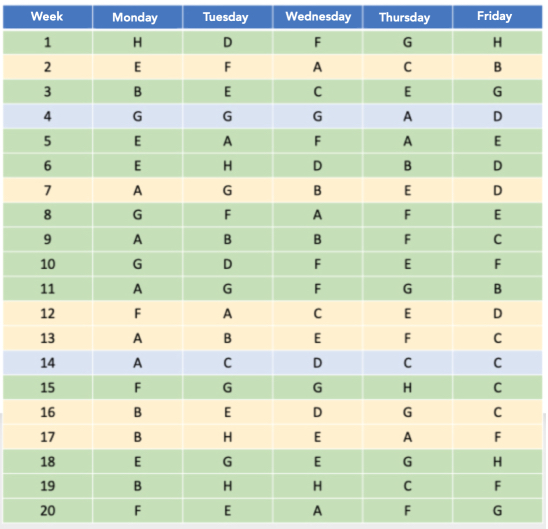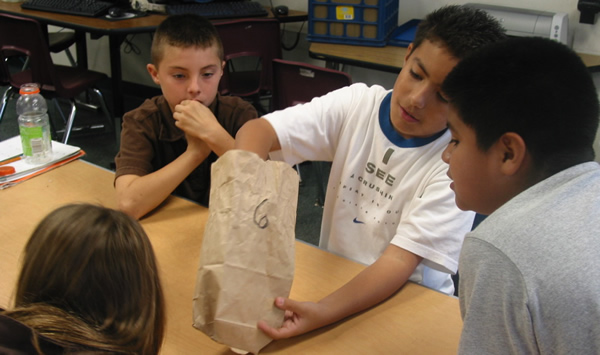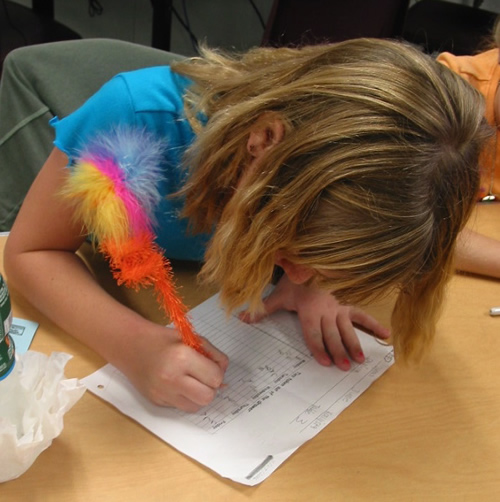Or search by topic
Number and algebra
Geometry and measure
Probability and statistics
Working mathematically
Advanced mathematics
For younger learners
It's a Tie



- Problem
- Getting Started
- Student Solutions
- Teachers' Resources
Jannis from Northcross Intermediate said:
"I think Kaia was right. The ties come out of the closet randomly. We know each tie has 1 eighth of a chance to be pulled out, so it's quite likely that the father will not wear 1 tie twice in the week. But it's random so there is a chance of him wearing a tie twice in the week."
Making the point that they're probabilities so you can't be sure.
Matthew and James from Stradbroke Primary did an experiment, and found that they picked the same tie twice in 9 out of 10 weeks. Ege and Onur from FMV Ozel Erenkoy Isik Primary School, Turkey, also did experiments, and you can find their results here and here .
Some people have tried to calculate the probability of picking the same tie twice, but none correctly yet. Here is what happened when we tried the experiment:





You may also like
Roll These Dice
Roll two red dice and a green dice. Add the two numbers on the red dice and take away the number on the green. What are all the different possible answers?
Stop or Dare
All you need for this game is a pack of cards. While you play the game, think about strategies that will increase your chances of winning.
Game of PIG - Sixes
Can you beat Piggy in this simple dice game? Can you figure out Piggy's strategy, and is there a better one?

